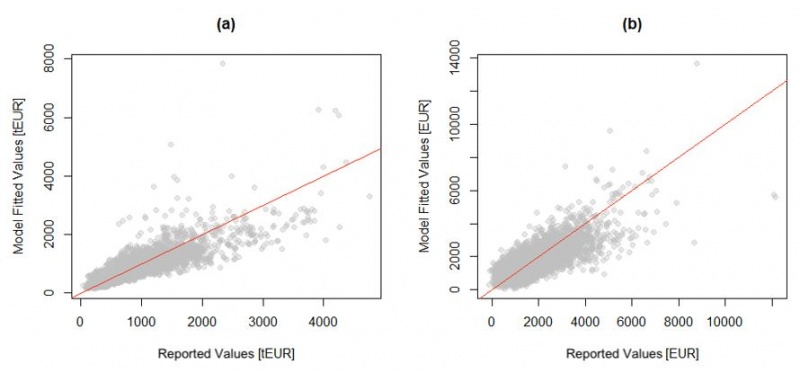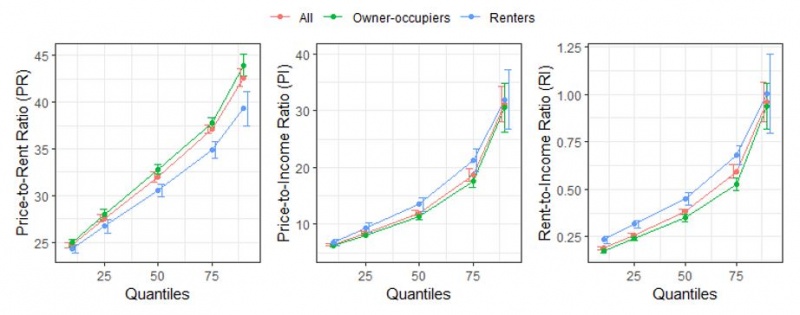References
Agarwal, S. (2007). The impact of homeowners’ housing wealth misestimation on consumption and saving decisions. Real Estate Economics, 35(2): 135–154.
Chen, Y., Mathä, T. Y., Pulina, G., Schuster, B., and Ziegelmeyer, M. (2020). The Luxembourg Household Finance and Consumption Survey: Results from the third wave. BCL Working Papers, 142.
Gan, Q. and Hill, R. J. (2009). Measuring housing affordability: Looking beyond the median. Journal of Housing Economics, 18(2): 115–125.
Lepinteur, A. and Waltl, S. R. (2021). Tracking owners’ sentiments: Subjective home values, expectations and house price dynamics. LISER Working Papers, 2021-02.
OECD (2021). Building for a better tomorrow: Policies to make housing more affordable. Employment, Labour and Social Affairs Policy Briefs, Available at: http://oe.cd/affordable-housing-2021.
Rosen, S. (1974). Hedonic prices and implicit markets: Product differentiation in pure competition. Journal of Political Economy, 82(1): 34-55.







